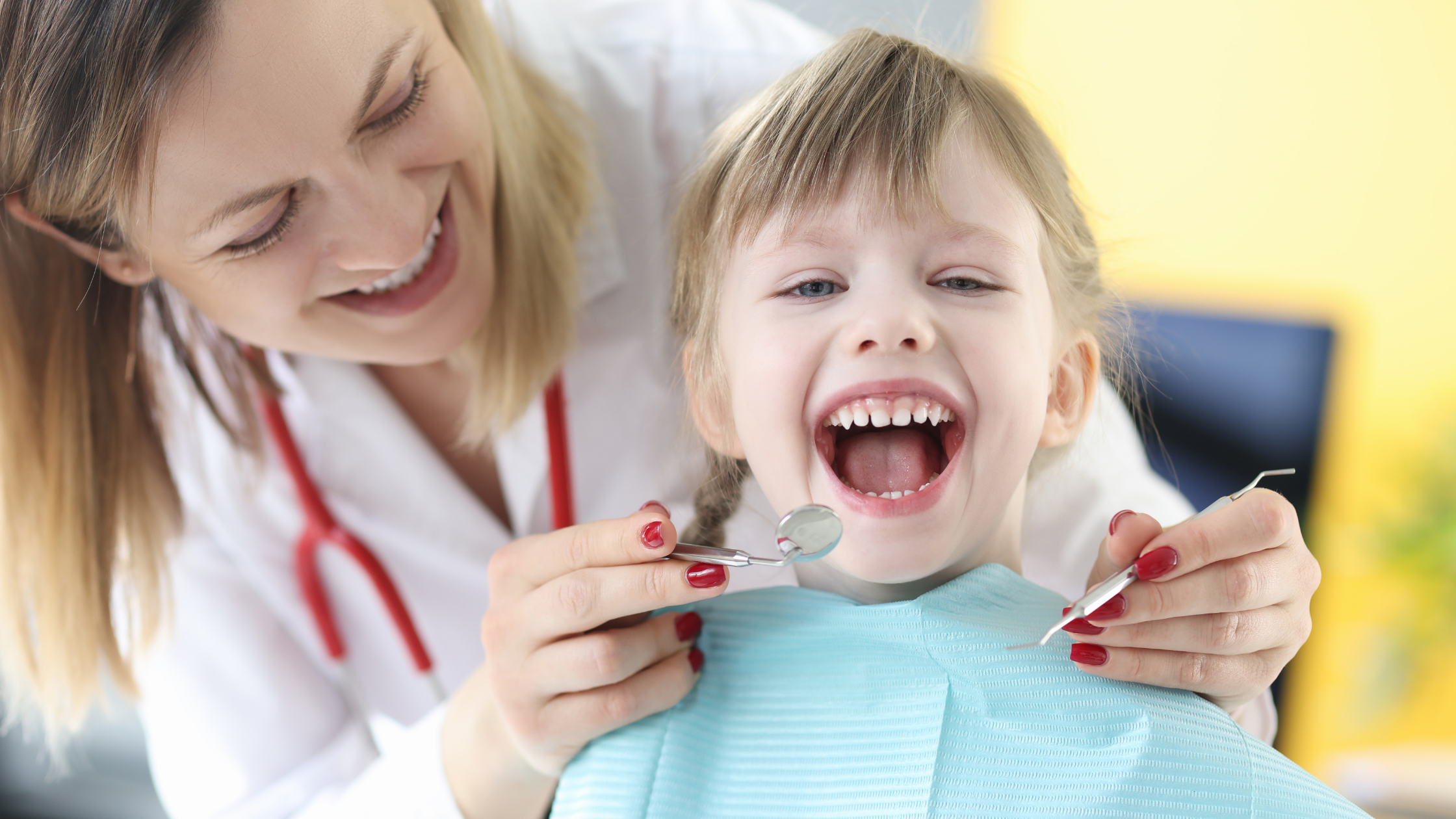When it comes to our children’s health, we naturally have countless questions and concerns. One topic that often sparks debate is paediatric sleep dentistry. As a parent, I want to ensure my child receives the best care possible, especially when it involves sedation or anaesthesia.
Paediatric sleep dentistry, also known as sedation dentistry, aims to make dental procedures less stressful for young patients.
But is it safe? In this article, I’ll delve into the safety aspects of this practice, separating myths from facts, and providing you with the information needed to make informed decisions about your child’s dental care.
Understanding Paediatric Sleep Dentistry
Paediatric sleep dentistry, a form of sedation dentistry, aims to ease dental procedures for children.
What Is Paediatric Sleep Dentistry?
Paediatric sleep dentistry involves sedating young patients to perform dental treatments without causing distress. According to sleepdentistrybrisbane.au sedation levels, ranging from minimal (conscious but relaxed) to deep (almost unconscious but not on a ventilator), tailor to each child’s needs. Its primary purpose is to ensure a pain-free experience while enabling the dentist to work efficiently.
How Does It Work?
In paediatric sleep dentistry, a qualified dentist or anaesthesiologist administers sedation before the procedure begins. Oral sedatives or inhaled gases (such as nitrous oxide) for minimal sedation, and intravenous (IV) drugs for more profound sedation.
The child’s medical history and the complexity of the dental work help determine the appropriate sedation level. Throughout the procedure, professionals monitor the child’s vital signs to ensure safety and quickly address any complications.
Assessing the Safety of Paediatric Sleep Dentistry
Paediatric sleep dentistry’s efficacy hinges on specific sedation methods and rigorous safety measures.
An Overview of Sedation Methods
Paediatric sleep dentistry uses several sedation methods, each tailored to the child’s needs:
- Oral Sedatives: Administered in liquid or pill form, these help relax the child without inducing full sleep. Effects typically begin within 20 minutes and can last a few hours.
- Inhalation Sedation (Nitrous Oxide): Often called “laughing gas,” nitrous oxide is inhaled through a mask. It induces mild sedation within minutes and wears off quickly after the procedure.
- Intravenous (IV) Sedation: Delivered directly into the bloodstream, IV sedation provides deeper sedation. It’s used for more complex procedures, with effects taking immediate onset and highly controlled by the anaesthesiologist.
- General Anaesthesia: Reserved for extensive dental work, it renders the child completely unconscious. Administered in a hospital setting under close medical supervision, general anaesthesia ensures the highest safety levels for extensive or highly invasive procedures.
Common Concerns and Myths
Parents often express concerns and encounter myths about paediatric sleep dentistry:
- Safety of Sedation: Sedation is safe when administered by qualified professionals. Regular monitoring of vital signs ensures immediate action if complications arise.
- Effect on Child’s Health: Sedation’s effects are temporary, and children usually recover quickly. Long-term health impacts are rare when sedation is properly managed.
- Risk of Over-Sedation: Precise dosing is crucial. Dentists and anaesthesiologists calculate doses based on age, weight, and medical history to minimise risks.
- Myth of Unnecessary Sedation: Some believe sedation is used unnecessarily. However, it’s only recommended when the benefits, such as a stress-free experience and better dental outcomes, outweigh potential risks.
Understanding these aspects provides a clear picture of the strategies involved and dispels any misconceptions.
Benefits of Paediatric Sleep Dentistry
Paediatric sleep dentistry offers numerous advantages for children undergoing dental treatment. The following sections detail its key benefits.
Reduced Anxiety and Stress in Children
Children often experience significant anxiety and stress during dental visits. Paediatric sleep dentistry mitigates these feelings by using sedation techniques. Oral sedatives, for example, help children stay calm throughout procedures.
Inhalation sedation with nitrous oxide allows for quick relaxation without prolonged effects. IV sedation and general anaesthesia offer deeper sedation, ensuring children remain stress-free, especially during more complex treatments.
Improvements in Dental Procedure Outcomes
Sleep dentistry enhances dental procedure outcomes by reducing movement and stress in children. Sedation facilitates precise dental work, eliminating disruptions. Nitrous oxide sedation ensures children stay still, aiding in the accuracy of fillings and extractions.
IV sedation provides deeper relaxation, essential for longer procedures like root canals. General anaesthesia ensures complete immobility, vital for extensive surgeries.
Risks and Precautions in Paediatric Sleep Dentistry
Paediatric sleep dentistry offers many benefits, but understanding the associated risks and precautions is essential for parents.
Potential Side Effects of Sedation
Sedation in paediatric dentistry can have side effects. These include nausea, vomiting, dizziness, drowsiness, and headaches. For example, oral sedatives may cause prolonged drowsiness. General anaesthesia, though rare, carries more severe risks like respiratory issues or allergic reactions. The probability of adverse reactions varies based on the child’s health, age, and the sedative used.
Best Practices for Safety
Ensuring safety in paediatric sleep dentistry involves several best practices. Dentists assess each child’s medical history before sedation. Using pulse oximeters and other monitoring tools ensures the child’s vital signs remain stable during the procedure. Providing clear pre-operative and post-operative instructions to parents is crucial. For example, parents should know when their child can eat or drink pre-procedure and monitor for any unusual symptoms post-procedure.
Understanding the guidelines and having confidence in the dentist’s experience can mitigate most risks in paediatric sleep dentistry.
Key Takeaway
Paediatric sleep dentistry can be a safe and effective solution when performed by qualified professionals adhering to stringent guidelines. By carefully assessing each child’s medical history and monitoring vital signs, we can significantly reduce risks. It’s essential to choose a dental practice that complies with UK regulations and ensures their staff are well-trained in pediatric sedation.
With these precautions in place, children can benefit from reduced anxiety and improved dental outcomes. Parents should feel confident in the safety of these procedures, knowing that their child’s well-being is a top priority.
